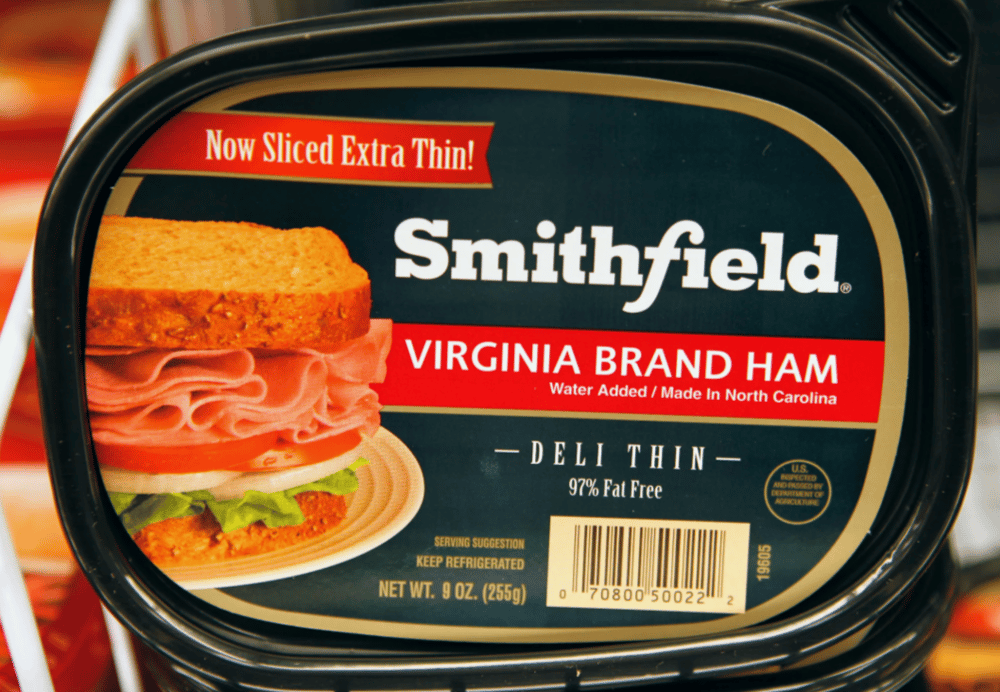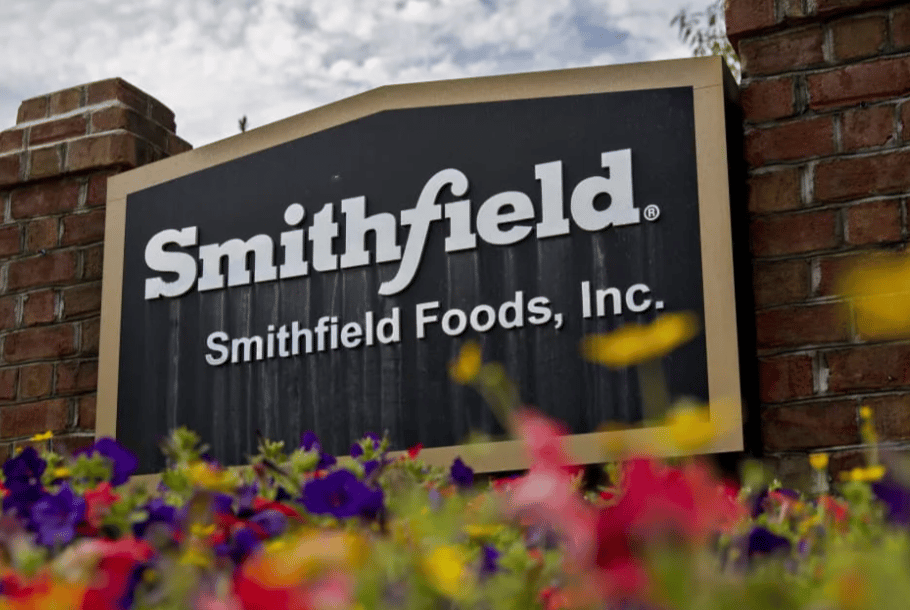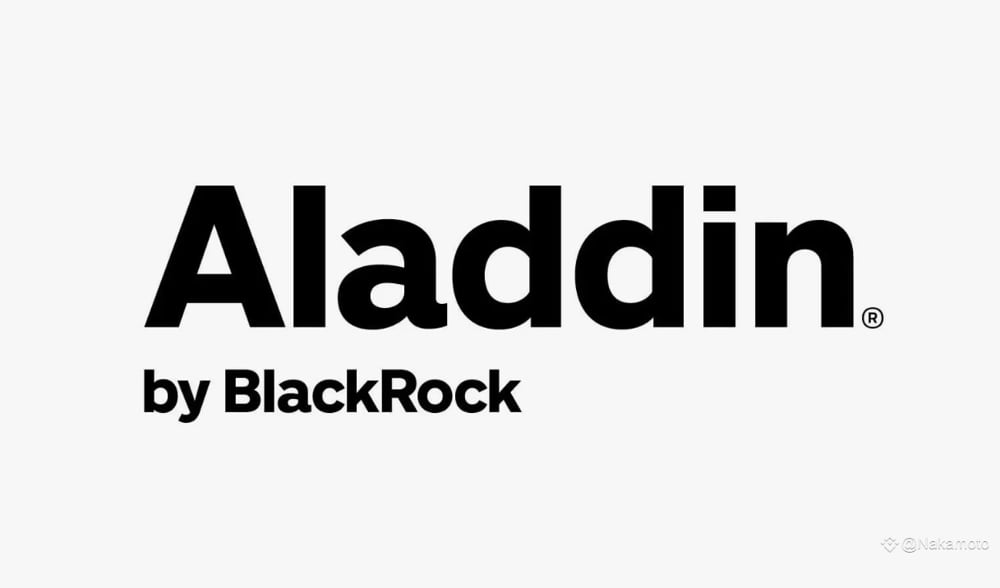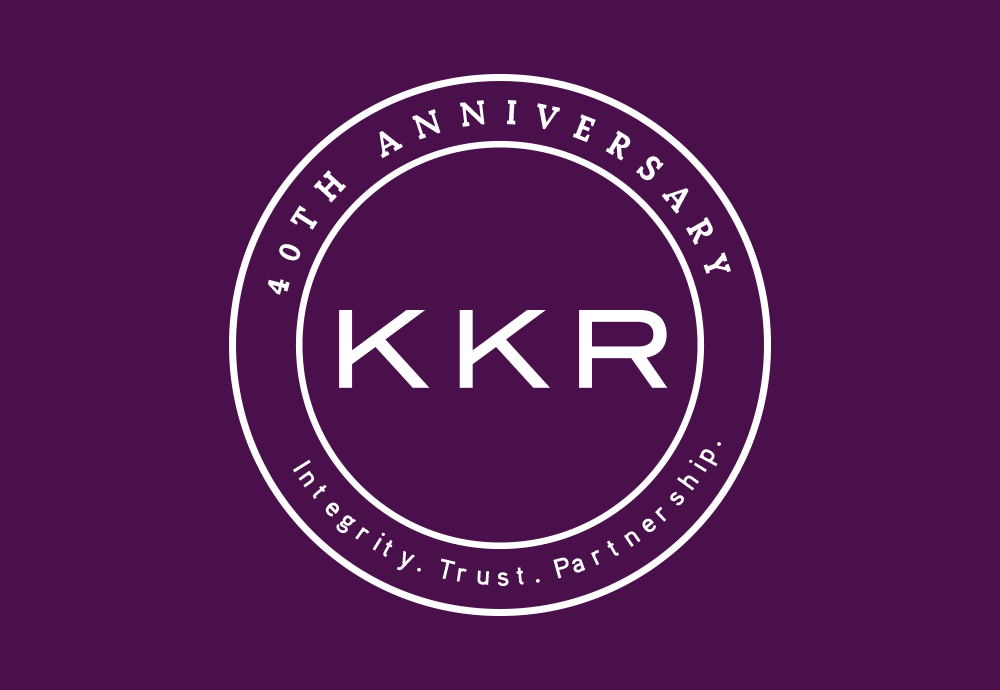Smithfield Foods Rebounds with Strong Q1 Sales Amid Industry Restructuring
Smithfield Foods $SFD, the largest pork producer in the United States, reported stronger-than-expected first-quarter sales and earnings as its pork segment showed signs of recovery after last year’s slump in operating profits. The Virginia-based company, owned by China's WH Group, has been actively restructuring its operations to combat ongoing pressures from an oversupplied U.S. pork market and persistently low commodity prices.
Signs of Recovery After Industry Headwinds
Smithfield's first-quarter performance indicates that its cost-cutting initiatives and structural adjustments are starting to yield results. While operating income remained below last year’s levels, the company's total sales improved across both its packaged meats and fresh pork divisions. The earnings boost comes as a welcome shift following a difficult year marked by squeezed margins and excess supply in the hog market.
The pork industry has struggled with volatility driven by weak export demand, labor shortages at processing plants, and higher feed costs. Smithfield, which operates one of the most extensive pork supply chains in the U.S., has taken decisive action by trimming inefficiencies in its hog production operations while investing in higher-margin processed meat products.
Key Developments Shaping Smithfield's Performance
Improved Sales Volume Both fresh pork and packaged meats saw growth in volume and revenue, signaling increased consumer demand and successful retail partnerships.
Operational Restructuring Gains Traction The company’s efforts to streamline its hog production, including facility optimization and cost containment, have begun to reduce overhead.
Commodity Price Stabilization Although pork prices remain below historical averages, some stabilization in feed and supply chain costs has helped cushion margins.
Export Market Weakness Lingers International demand, particularly from China and Mexico, has not fully recovered, limiting upside potential in global trade flows.
Focus on Value-Added Products Smithfield continues to shift its portfolio toward branded and prepared meats, which generally offer better profitability than raw cuts.

Factors Driving the Pork Industry's Volatility
Supply Glut U.S. hog inventories remain high, exerting downward pressure on pork prices and compressing processor margins.
Labor Constraints Staffing shortages continue to impact processing plant throughput and efficiency.
Geopolitical Trade Barriers Export growth is being hindered by trade disputes, tariffs, and inconsistent foreign demand.
Consumer Price Sensitivity Rising grocery costs have led to more selective protein purchases, particularly among lower-income households.
Environmental and Regulatory Costs The industry faces tightening rules around emissions, animal welfare, and sustainability, adding to operational complexity.
Strategic Outlook and Competitive Landscape
Smithfield’s recent earnings suggest a company actively adapting to cyclical industry challenges. By prioritizing cost discipline and investing in branded offerings, it is better positioning itself for long-term stability. However, the broader pork industry continues to face structural issues that could limit short-term gains.
The outlook will depend on several external variables, including feed prices, labor availability, and global trade dynamics. As competitors like Tyson Foods (TSN) and Hormel Foods (HRL) navigate similar pressures, Smithfield’s proactive measures may serve as a blueprint for surviving a margin-squeezed environment.


















Comments